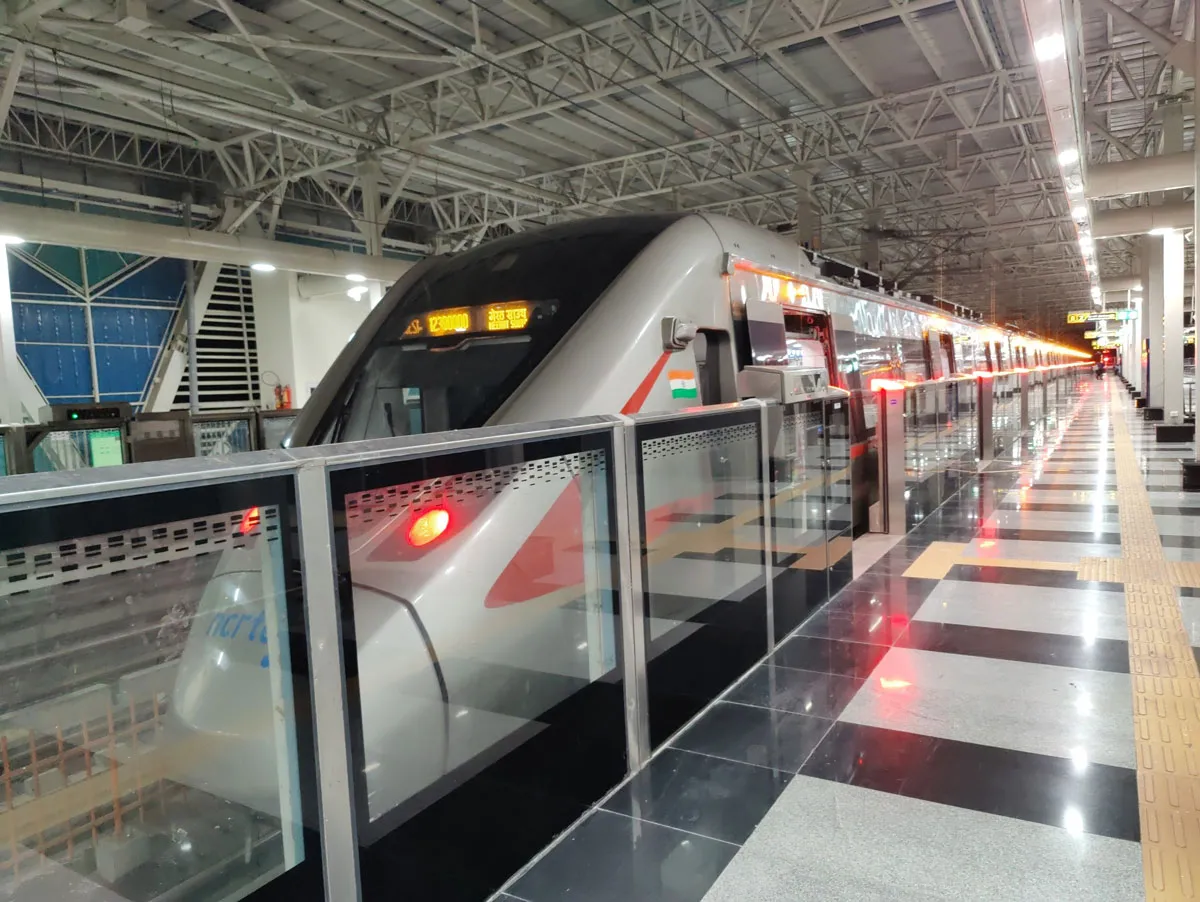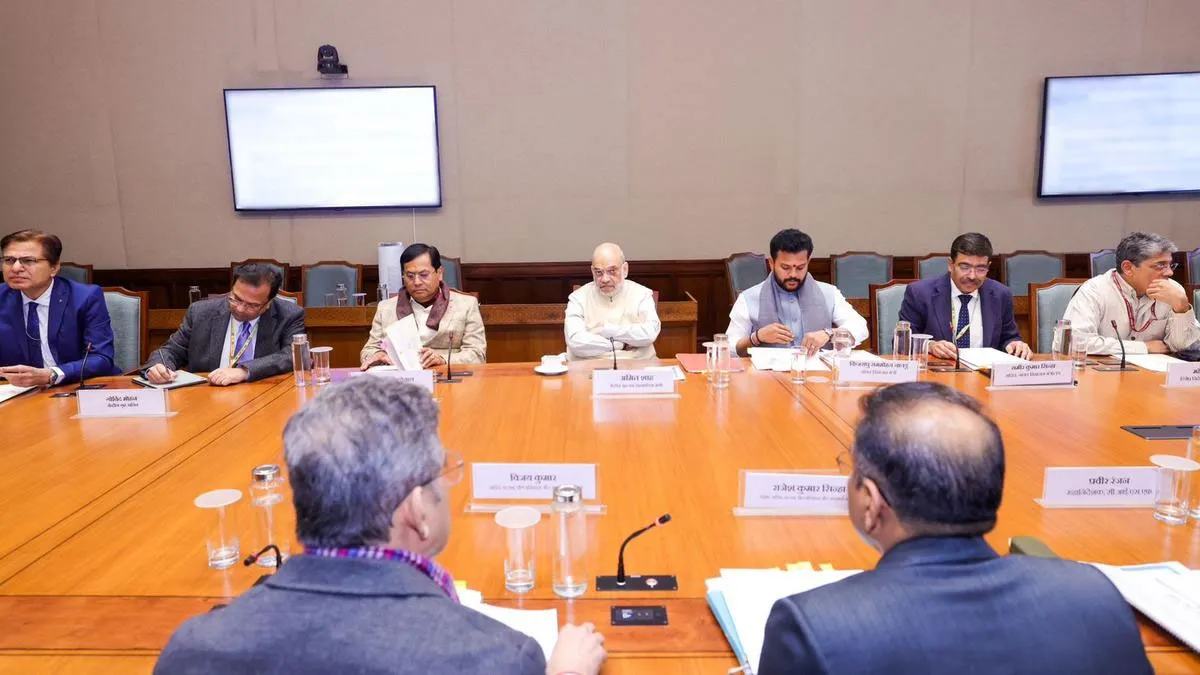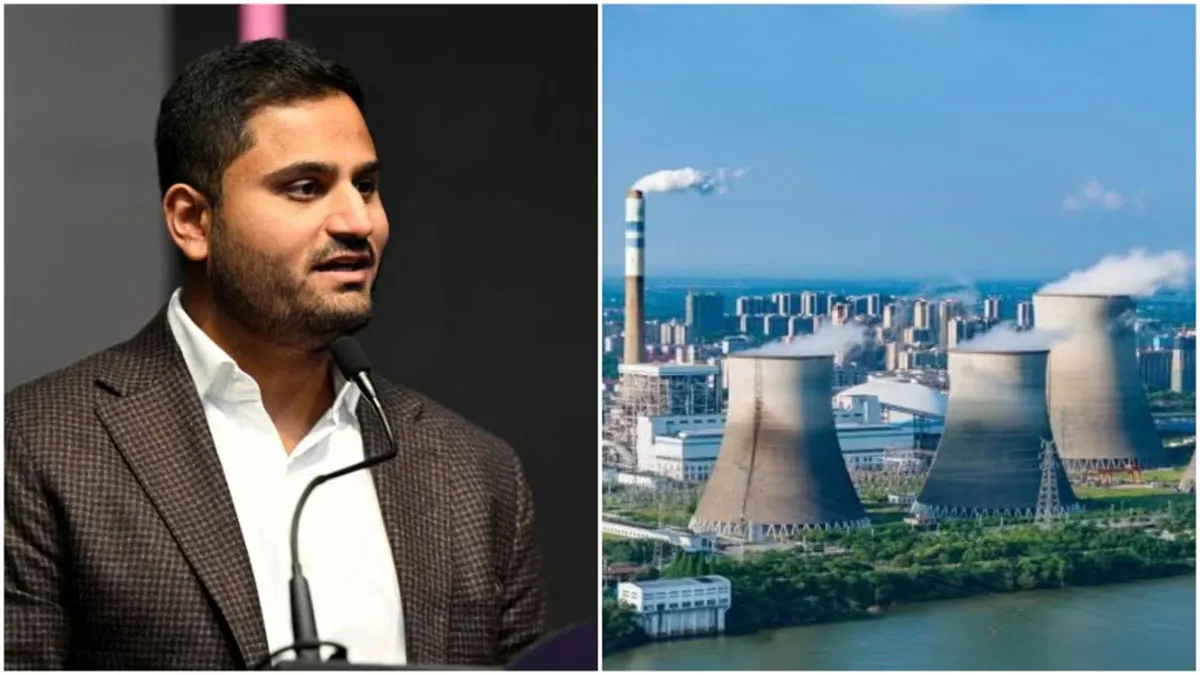This, incidentally, is the worst recession for India since independence. The world economy is expected to contract by over 6 per cent. Our GDP has been sliding from 6.1 per cent in FY2018 to 4.2 per cent in FY2019 to -4.5 per cent in FY2020. In FY1992, we had the worst GDP growth ever at 1.4 per cent. So, a negative growth of 4.5 per cent for this financial year will be unprecedented. In the past 69 years, India has seen a recession only thrice – as per available data – in fiscals 1958, 1966 and 1980. Our recessions have so far been aligned to the misfortunes of the monsoons, which in turn hit agriculture, then a sizeable part of the economy. The worst is yet to come before anything can become better. Already, government resources are overburdened in handling the pandemic. Priorities have changed and overstretched finances have seen the fiscal deficit spiral to close to 10 per cent of GDP. In 2019-20, the Central Government ran a fiscal deficit of 4.6 per cent of GDP against the planned 3.5 per cent as a result of the gross overestimation of its tax collections, which fell short by a gap of over Rs.1.5 trillion. Also, any government cannot cut expenditure beyond a point. The government plans to bridge the fiscal deficit by borrowing more money this year. Initially, it had planned to borrow Rs.7.8 trillion. On May 8, it said it will now borrow Rs.12 trillion to finance the fiscal deficit. Even this may not be enough. There are arguments in favour of and against borrowing from overseas where money is available at historically low rates and there are arguments in favour of and against printing of money. But how did we get here? Is it only because of the pandemic? Here is where the rub lies. The moribund economy was already in the ICU. The project pipeline was drying up for the past 18 months. Through this column, we have repeatedly highlighted the need for the project pipeline to be strengthened. In May 2019, when elections were underway and Prime Minister Narendra Modi’s party had not yet been declared the clear winner, I wrote in this column: “Given that all the initiatives of the government have failed to encourage private capital, it is no surprise to learn that government-owned projects accounted for 53.8 per cent of all completion during 2018-19. Even more worrisome is the fact that new investment proposals have been at the lowest over the past 14 years. The momentum that put India’s economy in a high growth orbit in 2004-05, which led to a pipeline of investment proposals to the tune of Rs.25 trillion a year from 2006-07 to 2011-12, has been elusive. The decline of investment proposals beginning with the deep dive in 2013-14 at Rs.10 trillion provided some hope in doubling to Rs.20 trillion in 2014-15 with the new government – but has since caved in, back to Rs.10 trillion. The public sector has taken a back seat and the private sector has remained shy. With a larger borrowing programme, it is incumbent upon the new government to revive animal spirits to put the country on the road to economic growth.”And in December 2019, I wrote in this column, “The project pipeline is already at its lowest in 14 years and private investment is at its lowest in 16 years. According to CMIE, revised estimates for 2018-19 show that new investment proposals declined by over 19 per cent compared to the new investment proposals made in 2017-18. This has been the fourth consecutive year of decline in new investment proposals.”Given the above, it is amply clear that the malaise in the economy came before the pandemic and will continue to plague our recovery process. It is high time the government recognises the deficiency in its economic planning and agenda and calls for reinforcements from external sources, including India’s private sector. Labour is now returning to cities under duress as our rural economies offer no opportunities. However, we will now have to contend with a higher cost of labour and be prepared to train labour for better productivity.The government has acted wisely in using this crisis to introduce certain key reforms in agriculture and mining, as these would have otherwise found opposition in an otherwise normal scenario. Public-sector divestment should be prioritised as the growth of the public sector will benefit the government by feeding its coffers and providing muscle to the initiative of procuring from MSMEs who are queuing up to sell their ‘Make in India’ contributions. HDFC Bank, established in 1994, is a shining example of how privatisation can build value. All public-sector banks put together, including State Bank of India, are valued at just about half of HDFC Bank’s market capitalisation. Another example has been the unlocking of value by Vedanta Group, which acquired BALCO and Hindustan Zinc for an aggregate value of Rs.10 billion for a 50-per-cent and a 25-per-cent stake. The balance government stake sale would fetch up to Rs.250 billion as per recent statements by Vedanta Founder Anil Agarwal. A growth of 25 times in 20 years! If privatisation can build value and accountability, our public-sector units are sitting on a goldmine. In 2019-20, a total of Rs.500 billion was raised through divestment and targets for divestment are regularly under achieved (partly due to a reluctance to part with power).Road construction, which sped our way to infrastructure growth in the recent past with FY2019-20 clocking in contract awards of 10,676 km, has hit a speed-breaker. With its financials under strain zooming 9.5 times to Rs.2.28 trillion in five years, a monetisation programme of toll-yielding assets has been initiated. As part of the National Infrastructure Pipeline, the roads sector would elicit an expenditure of Rs.3.24 trillion in FY2020 alone apart from its total allocation of nearly 19 trillion over five years until 2025. (Click here to read more on: What the National Infrastructure Pipeline will need to regain momentum after COVID19 pandemic.) Despite its preeminent role in infrastructure, NHAI, which has on its board eminent stalwarts – like Amitabh Kant, CEO, Niti Aayog; Giridhar Aramane, Secretary, Ministry of Road Transport and Highways; and Tarun Bajaj, Secretary, DEA – as its part-time members, has been delaying filing its financial results for the past four years. NHAI was finally fined by SEBI for breach of regulations. Further, with costs of Rs.200 to Rs.250 million per sq m, its costs are being driven by land prices that have been unnecessarily rising owing to the failings of the Land Acquisition Act. This column has been constantly recommending abandoning the purchase of land for road construction and deploying innovative land pooling instead, which will save the country over Rs.2 trillion. (Click here to read more on



















